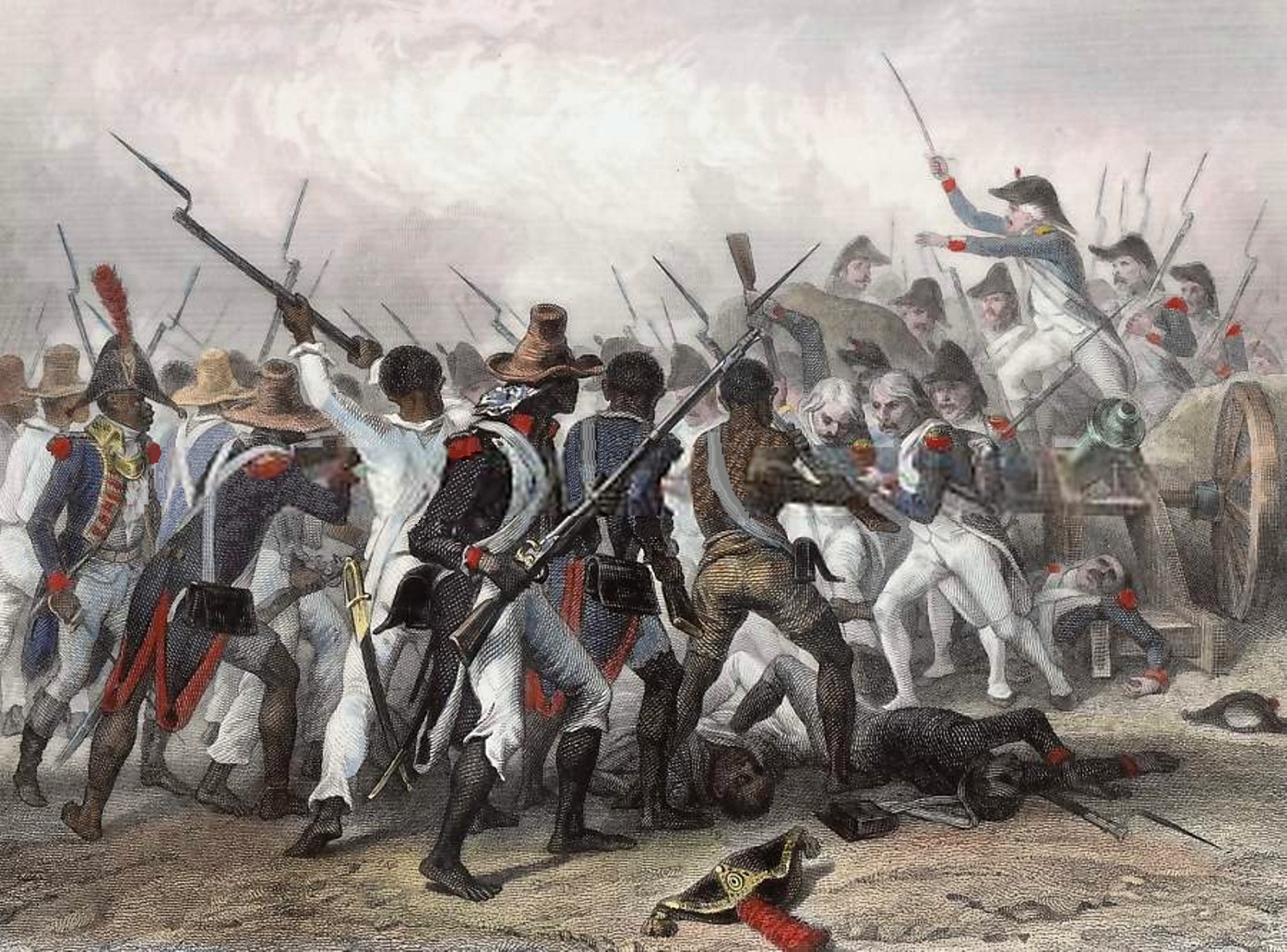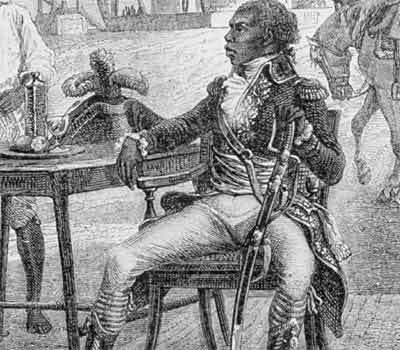Decolonization was rather
interesting on the island of Hispaniola; it was characterized by a general
displacement of freed slaves and the importation of foreign workers that would
take the potential jobs available for former slaves. The were tensions within
the freed slave community as far as skin color goes; mulattos had been
instilled with a certain hate toward their darker counterparts. After years
upon years of brainwashing, one can easily see how this would be a problem.
With that being said, the Haitian Massacre led by Trujillo comes as no
surprise. Tens of thousands of Haitians were murdered in an effort to
deafricanize the Dominican Republic.
Haitians
tried to invade Santo Domingo but the everlasting and infamously brutal
population of DR resisted Haitian rule and declared independence in 1865. If
anything, the events that defined this period all dealt with the dictatorship
of Trujillo. A man who some Dominicans
still look up to today; others hate him and his legacy to the core. As horrible
of a person he was; Trujillo did stand up for an impoverished group of people
and in doing so he showed the world that Dominicans wouldn’t be stepped on.
The United
States funded the DR in an effort to eliminate the debt and because they
couldn’t stand to have Europeans ruling the country. It was a way to
reestablish U.S. influence in the Caribbean, in addition to influences existing
in Cuba and Jamaica. One cannot note tensions between colony and metropole
because Trujillo had absolute power and there was no challenging that. Hereaux
ruled years before Trujillo but he drove the country into a massive amount of
debt and there was no tension between him and the bullet that killed him. At
least Trujillo brought some sort of infrastructure to the country instead of just
being an extremely racist dictator.
In
conclusion, decolonization was characterized by strong anti-Haitian and
anti-American sentiments. Trujillo was able to capitalize on the hate and coin
the DR as a white Hispanic society. He did effectively modernize the economy
and mobilize the Dominican Army under his rule. Cheap labor from Haiti only
instilled the idea that Haitians were beneath Dominicans and the massacre
showed that they were, in a sense, disposable. DR is an independent country but
the U.S. views it as a client state as they do help out the Dominican Republic
at times when it is in their best interest (when it involves keeping the
Europeans out). However the same can’t be said for the other islands in the
Caribbean; the United States pretty much owns Puerto Rico and Jamaica. If it
weren’t for tourism (mainly from the United States) both of those economies
would cease to exist. The naval base influences Cuba and it will be ever
present as long as the embargo lasts. The lesser Antilles receive protection
the United States and in essence have a dependency on the United States. Many
Dominicans would be more than happy to say that dependency on the U.S. within
DR is…nonexistent.
Knight, Franklin W. The Caribbean: The Genesis of a
Fragmented Nationalism, 2d ed.New York: Oxford University Press, 1990.
Kurlansky, Mark. A Continent of Islands: Searching
for the Caribbean Destiny. Reading, Mass.: Addison-Wesley Publishing,
1992.





